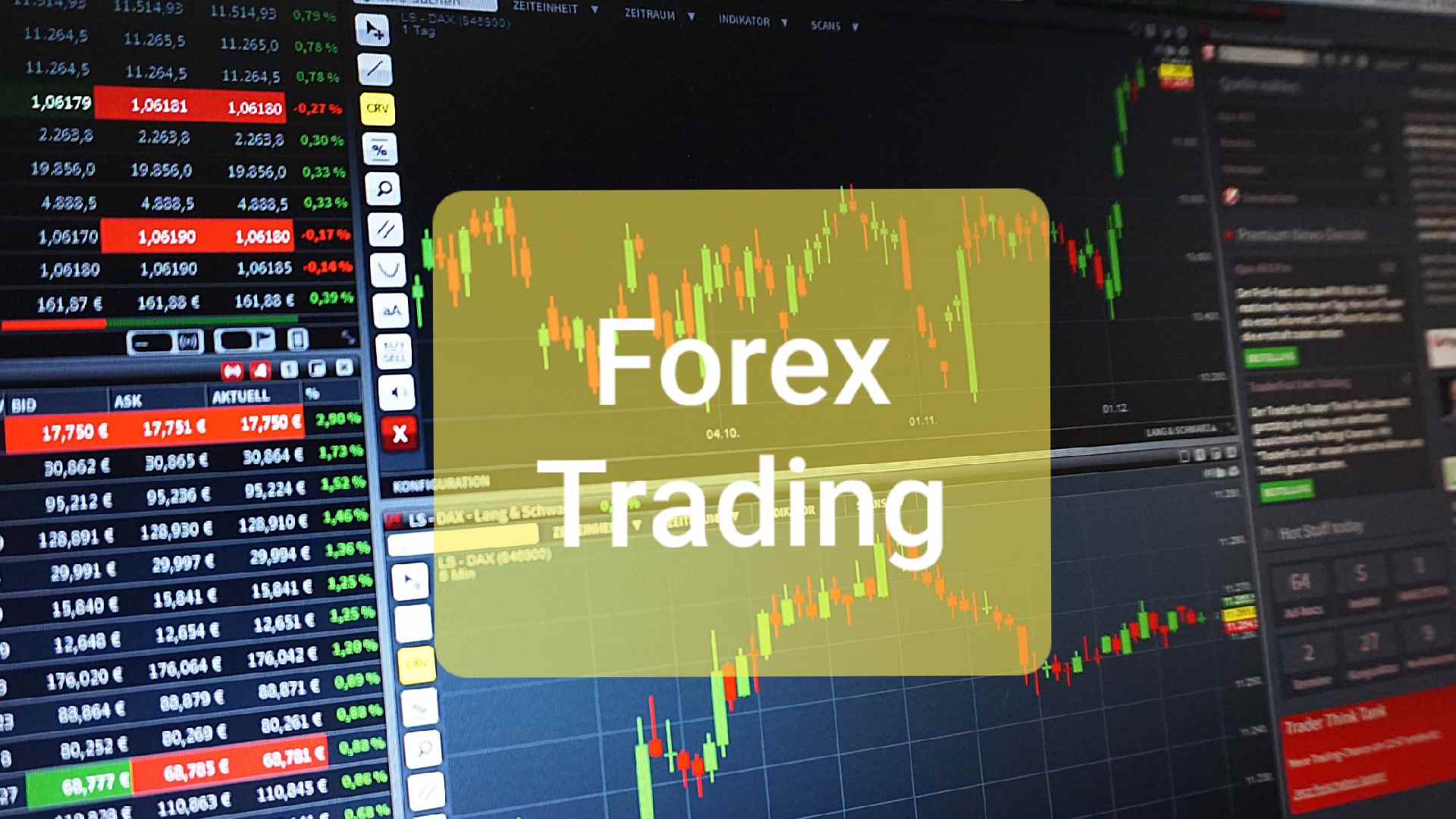The Forex Frontier: Crafting a Winning Trading Station Strategy
In the fast-paced world of Forex trading, having a winning trading station strategy is the key to navigating the unpredictable market successfully. This article aims to guide both novice and experienced traders in crafting a strategy that maximizes profitability and minimizes risks.
The Forex market, also known as the foreign exchange market, is a global marketplace where currencies are traded. With its decentralized nature and constant fluctuations, creating a robust trading strategy is essential for success. In this article, we’ll explore the components of a winning trading station strategy and how to build a powerful setup to conquer the Forex frontier.
Understanding the Forex Frontier
Definition of Forex Trading
At its core, Forex trading involves the exchange of one currency for another, with the aim of making a profit. Traders speculate on the price movements of different currency pairs, hoping to capitalize on fluctuations in exchange rates.
Key Elements Influencing the Forex Market :
1. Currency Pairs
Understanding the dynamics of currency pairs is fundamental. Each pair consists of a base currency and a quote currency, and their relative value determines the exchange rate.
2. Market Participants
Various entities participate in Forex trading, including banks, financial institutions, corporations, and individual traders. Each has a different impact on market dynamics.
3. Market Hours
The Forex market operates 24 hours a day, five days a week, across different time zones. Knowing the optimal times to trade is crucial for maximizing opportunities.
The Significance of a Trading Station
Definition and Role of a Trading Station
A trading station is the hub of a trader’s operations, comprising hardware, software, and analytical tools. It serves as the interface for executing trades and analyzing market data.
Importance of a Well-Crafted Trading Station Strategy
Crafting a winning trading station strategy ensures that you approach the market with a clear plan, reducing the impact of emotions on decision-making and increasing the likelihood of success.
Elements of a Winning Trading Station Strategy
Technical Analysis Tools :
1. Moving Averages
Moving averages smooth out price data to identify trends over a specified period. They are essential for recognizing market direction.
2. Bollinger Bands
Bollinger Bands help assess volatility and potential price reversals, offering valuable insights into market conditions.
Fundamental Analysis Considerations :
1. Economic Indicators
Monitoring economic indicators such as GDP, inflation, and employment rates helps traders gauge the overall health of a country’s economy.
2. News and Events
Major news and events, such as interest rate decisions and geopolitical developments, can significantly impact currency values.
Risk Management Strategies :
1. Stop-Loss Orders
Implementing stop-loss orders helps limit potential losses by automatically closing a position at a predetermined price.
2. Position Sizing
Determining the appropriate size of each position based on risk tolerance is crucial for effective risk management.
Building Your Trading Station
Hardware Requirements :
Investing in reliable hardware, including a fast computer and a stable internet connection, is essential for seamless trading.
Software Essentials :
1. Trading Platforms
Choose a user-friendly and feature-rich trading platform that aligns with your trading style and preferences.
2. Analytical Tools
Utilize advanced analytical tools for in-depth market analysis, including charting software and technical indicators.
Optimizing Your Workspace
Importance of an Ergonomic Trading Setup
Creating a comfortable and ergonomic workspace enhances focus and reduces the risk of fatigue during long trading sessions.
Customizing Charts and Layouts for Efficiency
Tailor your trading station’s layout to suit your needs, prioritizing the most relevant information for quick decision-making.
The Psychology of Trading
Emotions and Decision-Making
Acknowledging and managing emotions such as fear and greed is crucial for making rational trading decisions.
Developing a Disciplined Mindset
Establishing discipline in following your trading plan, even in challenging market conditions, is key to long-term success.
Staying Updated with Market Trends
Regular Analysis and Market Research
Continuous analysis of market trends and staying informed about economic developments are essential for making informed trading decisions.
Utilizing Real-Time News Feeds and Alerts
Subscribe to real-time news feeds and set up alerts to stay ahead of market-moving events and news.
Backtesting and Simulation
Importance of Testing Strategies
Backtesting allows traders to assess the viability of their strategies using historical data, providing insights into potential performance.
Choosing the Right Simulation Tools
Selecting reliable simulation tools helps simulate real market conditions, allowing you to refine your strategy without risking real capital.
Adapting to Market Changes
Recognizing Market Trends and Shifts
Develop the ability to identify changes in market trends and adjust your strategy accordingly to stay ahead of market shifts.
Adjusting Strategies Accordingly
Flexibility is key—be willing to adapt your trading strategies based on evolving market conditions.
Common Pitfalls to Avoid
Overtrading
Avoid the temptation to trade excessively, as it can lead to poor decision-making and increased risk.
Ignoring Risk Management Principles
Neglecting risk management can result in significant losses. Always adhere to sound risk management practices.
Monitoring Performance Metrics
Tracking Trading Performance
Regularly evaluate your trading performance, analyzing key metrics to identify areas for improvement.
Continuous Improvement Strategies
Implement strategies for continuous improvement, adjusting your approach based on lessons learned from past trades.
Future Trends in Forex Trading

Technological Advancements
Explore the impact of technological advancements, such as artificial intelligence and blockchain, on the future of Forex trading.
Evolving Market Dynamics
Anticipate and adapt to changes in market dynamics, staying informed about emerging trends and innovations in the Forex space.
Conclusion
In conclusion, crafting a winning trading station strategy is the key to navigating the Forex frontier successfully. By understanding the market, utilizing effective tools, and maintaining discipline, traders can enhance their chances of long-term success in this dynamic environment.
FAQs :
- How can I choose the best trading platform for my needs?
Consider factors such as user-friendliness, available features, and compatibility with your trading style.
- Why is risk management crucial in Forex trading?
Effective risk management helps protect your capital and ensures sustainable trading over the long term.
- What role do emotions play in trading, and how can they be managed?
Emotions can impact decision-making. Developing a disciplined mindset and using techniques like mindfulness can help manage emotions.
- How often should I update my trading strategy?
Regularly review and update your strategy to adapt to changing market conditions and incorporate lessons learned from your experiences.
- Are there any recommended resources for staying informed about market trends?
Subscribe to reputable financial news sources, follow market analysts, and participate in forums to stay updated on market trends.






